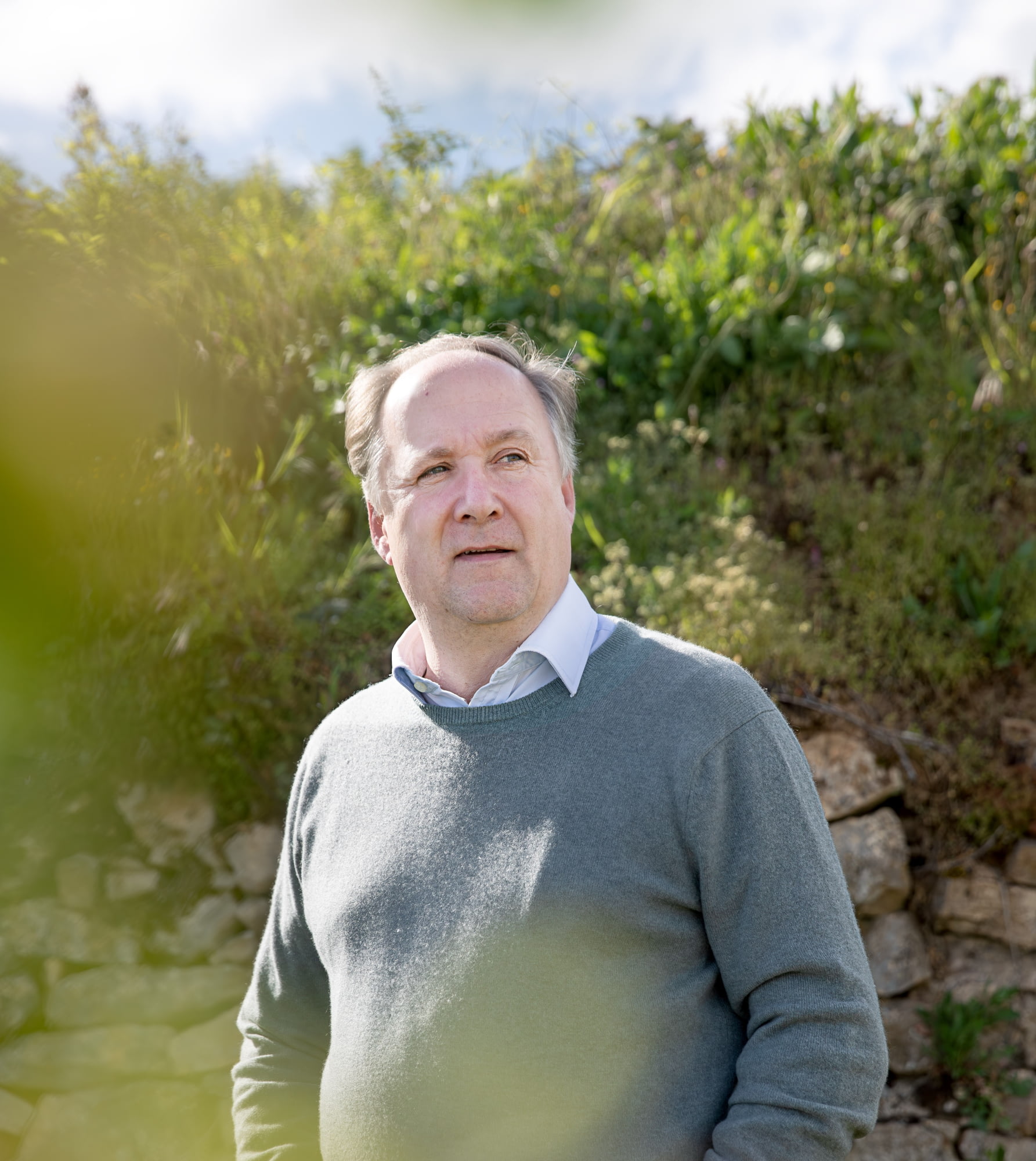menu
NEWS #18
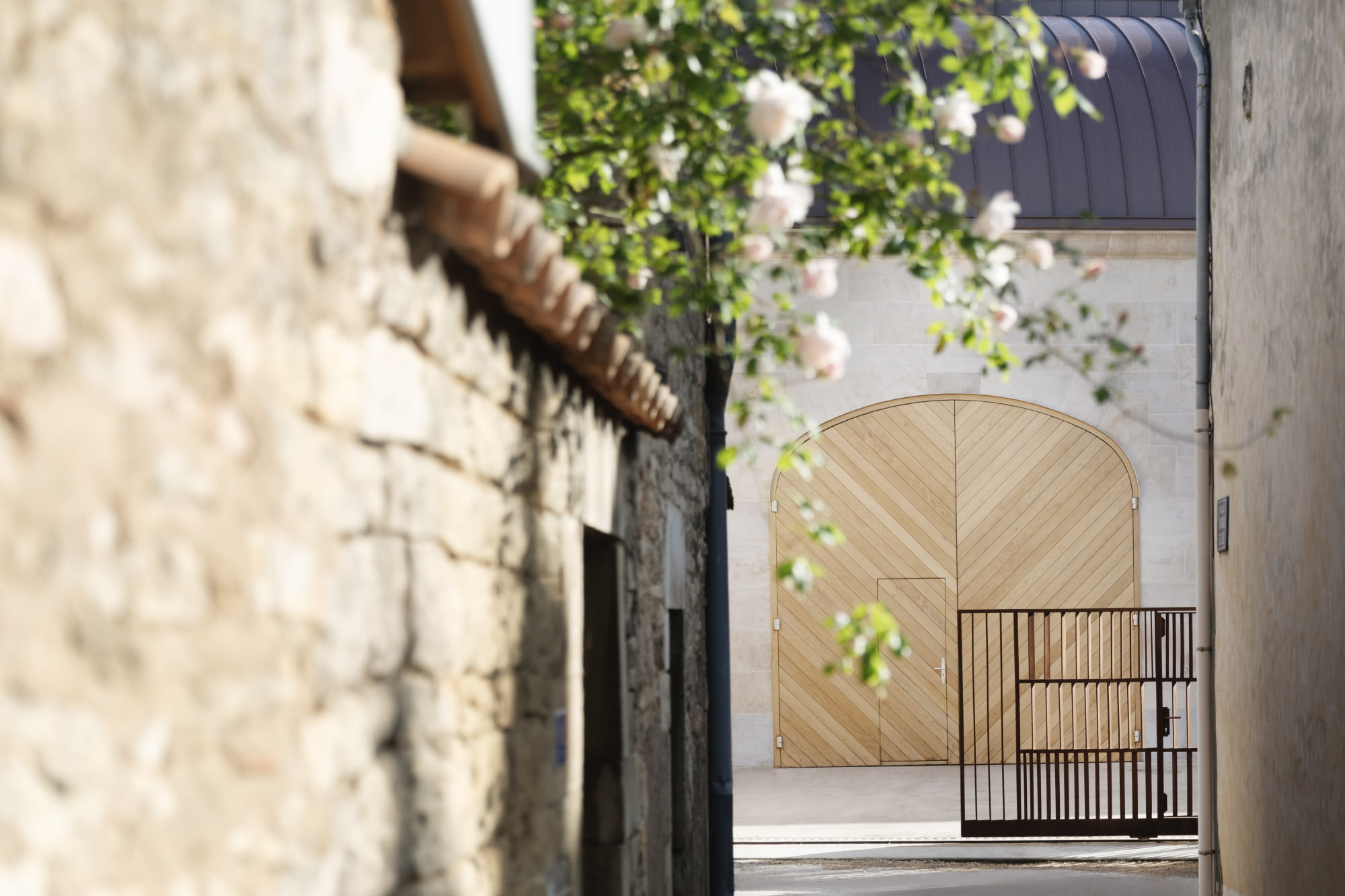
Amandine Brillanceau
joins Domaine Leflaive
She had a dream - to settle in Burgundy - and now it has come true. She made a wish - to work for a prestigious estate - and it has been granted. Since last January, Amandine Brillanceau has taken on the role of Technical Director at Domaine Leflaive. “It’s something like the holy grail of a career, and it happened to me after just about ten years. It’s an incredible opportunity,” says this energetic agronomist, who isn’t stopping at just a title.
Originally from the Deux-Sèvres region and trained in Bordeaux, she caught the wine bug during an internship in the little-known Fiefs Vendéens appellation. With a National Diploma in Oenology (DNO) added to her backpack, she took off for New Zealand and Australia - an initiatory pilgrimage to the southern hemisphere for any young professional with big dreams. Almost as far, in Oregon, she also made a stop in what is often described as the “little Burgundy” of American wine country.
“At the time, Burgundy felt like an unreachable world,” recalls Amandine Brillanceau, who joined Louis Jadot in 2017 after an initial experience at Château Pesquié in the Ventoux region. As cellar master, she was exposed to the house’s myriad terroirs - a fast-tracked education. Eight years later, here she is at Domaine Leflaive, in a role that bridges teams in the vineyard and the cellar, across sites from Côte de Beaune to the Mâconnais, and between the estate’s own wines and those produced through négociant activities.
“Here, we don’t make distinctions in how we treat a grand cru versus a village parcel. However, tasting clearly reveals a natural hierarchy among the wines. That’s Burgundy: craftsmanship paired with a deeply rooted connection to the land. In every bottle, you find the imprint of its origin.”
Amandine Brillanceau didn’t study oenology to impose a style, but rather to honor the essence of a terroir. “In a domaine like this, I came in search of that direct connection to the wine’s origin. Biodynamics as well, an aspect never addressed during my studies but which I chose as the subject of my thesis. It gives meaning to our work: integrating people into nature, which has been here far longer than we have. The teams are very attuned to this; they carry the experience and the memory of the place.”
Amid all her responsibilities, the new technical director has found her own place of reflection: a spot in the Chevalier-Montrachet vineyard, at the very top of the slope, with a panoramic view over Puligny-Montrachet. “I also tasted the wine,” she smiles. “An incredible emotion…”
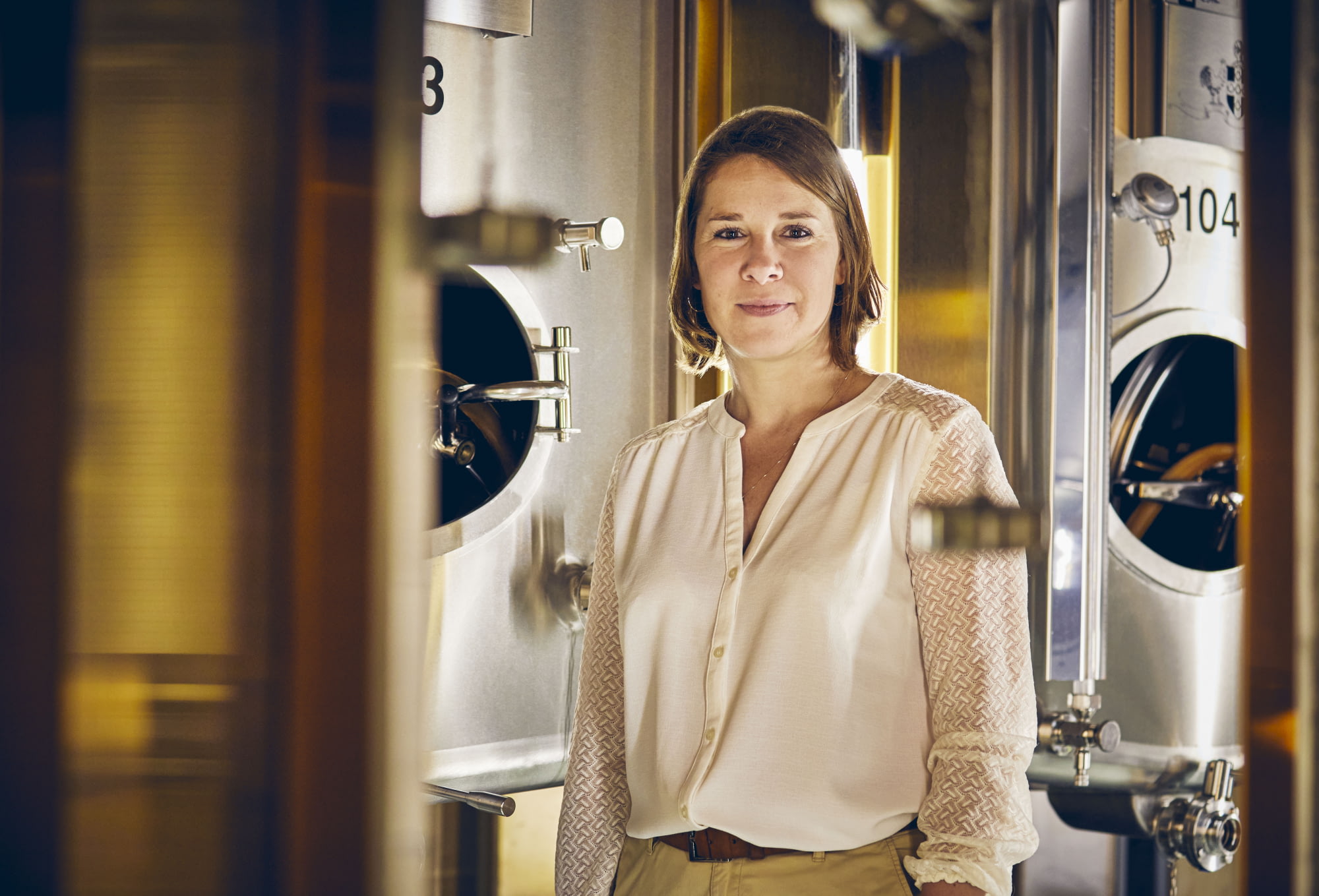
Esprit Leflaive, are you there?
The Esprit Leflaive collection explores Pinot Noir terroirs that are unusual for the domaine. The partner winegrowers are carefully selected, and the vines are often very old. This is haute couture négociant winemaking, crafted in an artisan spirit with limited production runs, aimed in particular at fine dining enthusiasts. Éric Baumard, the charismatic director and head sommelier of Le Cinq in Paris, graciously agreed to taste two of the cuvées in the range. Coming from the man who curated the 45,000-bottle cellar of the Hôtel George V and who holds a special fondness for Burgundy, his opinion matters...
Burgundy wines enjoy unmatched enthusiasm. From your position as a sommelier, how do you explain this?
They are already better and more elegant than they used to be! Their reputation is of course long-standing, but their evolution has been very positive, with two truly remarkable grape varieties: Chardonnay, of course, and Pinot Noir, which clearly outshines Cabernet and Syrah in the preferences of red wine lovers. The clients I see every day at Le Cinq increasingly appreciate the aromatic profile and fruit-driven charm of wines that can be enjoyed earlier than many others. One must also mention the effects of climate change, which favor the expression of Burgundy wines, thanks to plant material that is better adapted and less cloned.
You tasted the Pommard Premier Cru Les Arvelets from the Esprit Leflaive collection. What are your impressions?
Located as a continuation of Les Épenots on the slope, the Arvelets terroir actually benefits from the climate warming I mentioned earlier. It remains quite a deep, earthy, sapid wine. You could say it’s a wine for autumn or winter, with notes of mushrooms. I find in it the breadth and concentration typical of Pommard. The small proportion of whole-cluster fermentation brings acidity. This wine deserves to be cellared for two or three years.
And what did you think of the Gevrey-Chambertin Village, also from the 2020 vintage?
Like 2018 before it, 2020 was a hot year, which impacted the floral subtlety of Pinot Noir. Of course, it’s also a matter of personal taste - during this period, for instance, I prefer the 2017 or 2019 vintages. This Gevrey-Chambertin from Esprit Leflaive retains an airy, delicate character. It has a fruit texture that is charming without being overly dense, even if the black cherry is a bit stewed due to the vintage effect. It’s a wine you can enjoy right now.
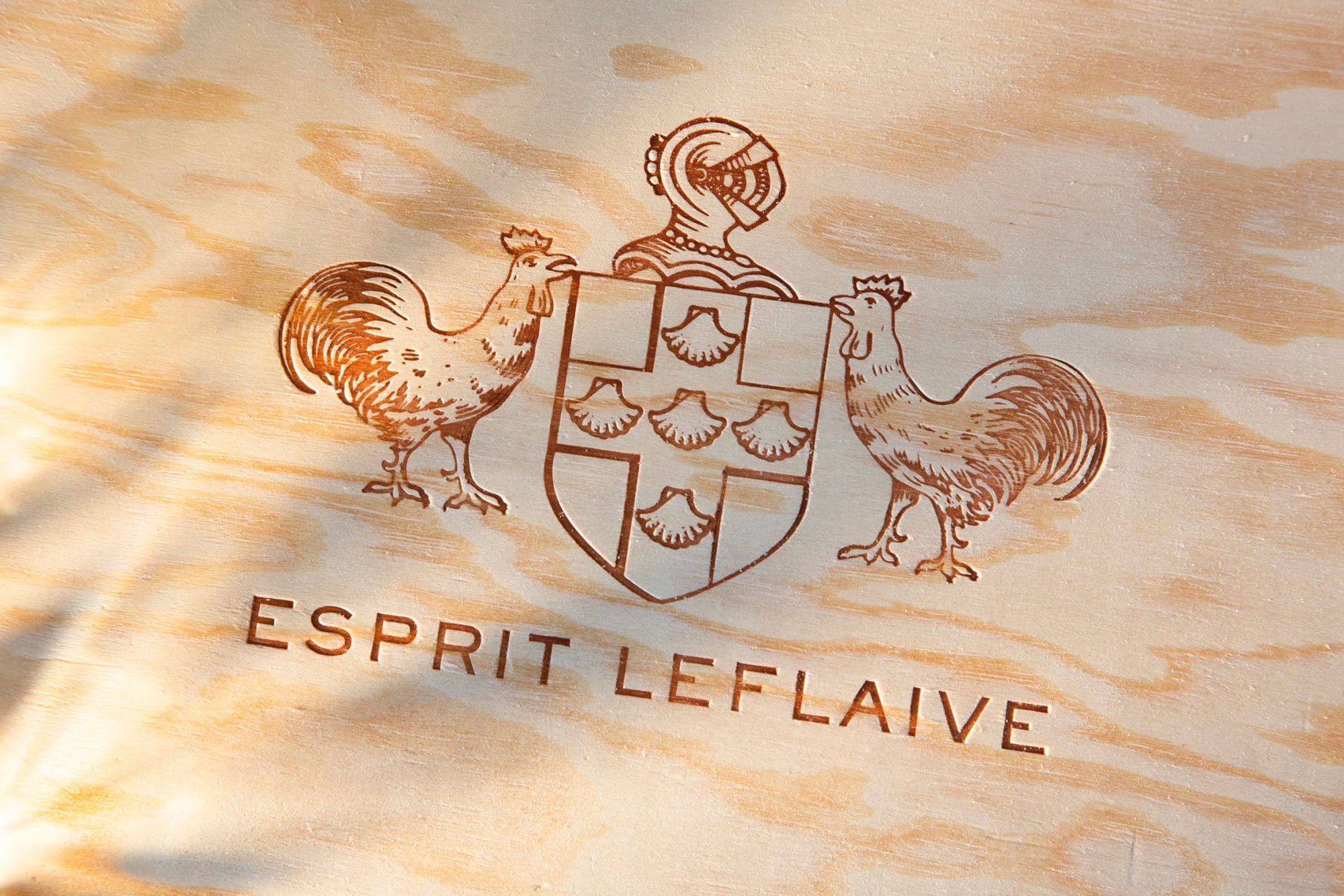
The art of sur-grafting:
a delicate process
A strap wraps around the vine trunk from bottom to top, rubbing against the bark. It’s a kind of vigorous massage - the first step in a sur-grafting operation carried out by Domaine Leflaive on one of its plots in La Jobeline, in the Mâconnais region. The goal: to convert 0.16 hectares of Gamay into Pinot Noir. So why graft rather than replant?
"It saves time when changing the grape variety and preserves the quality potential of these old vines - over 60 years old," explains Laurent Alexandre, production manager at La Jobeline.
Replanting would take eight years, including four to five years of fallow according to the estate’s own cultivation practices, only to end up with young vines of uncertain potential. Sur-grafting, on the other hand, makes it possible to complete the transformation and reach production in under three years. It works with a root system that’s already been established for decades.
To shift from Gamay to Pinot Noir on the approximately 1,000 vines in the plot, the team undertook an intensive first week of work in April.
"We first had to dig around each vine to expose them, then rub the bark to identify the exact sap flows. You can’t damage healthy wood, grafting won’t take on a wound," says Laurent Alexandre, who followed the protocol developed by the specialist company L’Épibiote.
Based in the Hérault region, the company boasts excellent success rates, with only 10 to 15% losses. Their experts will personally perform the highly technical grafting work at the end of May, alongside the domaine’s team. In the meantime, their advice can be refreshingly pragmatic, such as avoiding metal brushes, which are too harsh on old trunks, and instead using worn-out car timing belts. The secret to a perfect massage…
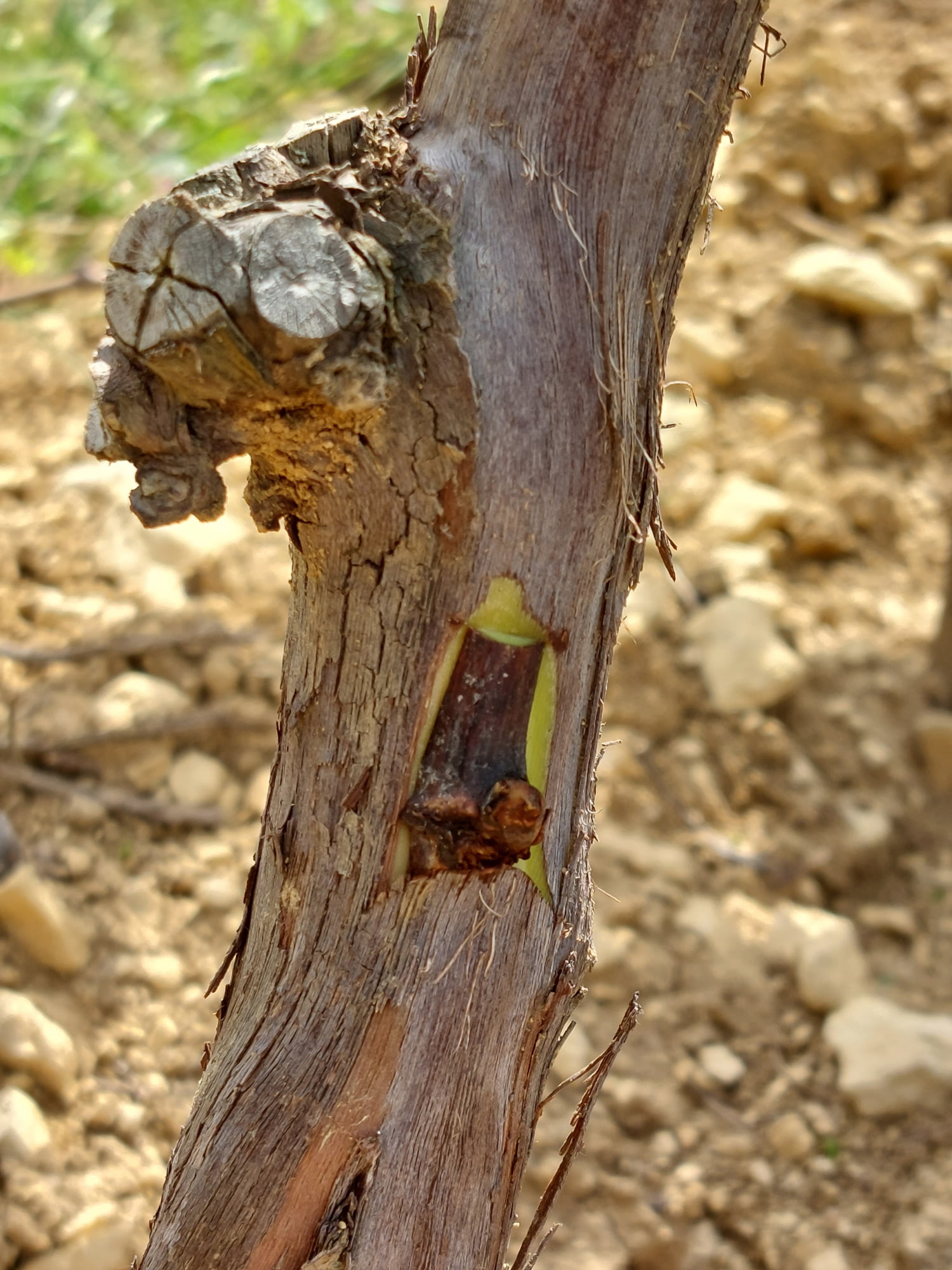
Out of the cellar !
Pouilly-Fuissé Village 2023,
a true Coup de Cœur
for Brice de La Morandière
At Leflaive, we devote the same level of care to crafting this Pouilly-Fuissé as we do to our Puligny wines: manual harvesting, long and gentle pressing, 12 months of barrel aging followed by 6 months in tank…
The result is a 2023 vintage with remarkable balance, structure, and excellent concentration.When well made, a Pouilly-Fuissé Village can come close to a Premier Cru. And while already excellent when young, it has the potential to become truly exceptional after seven to eight years of cellaring.”
